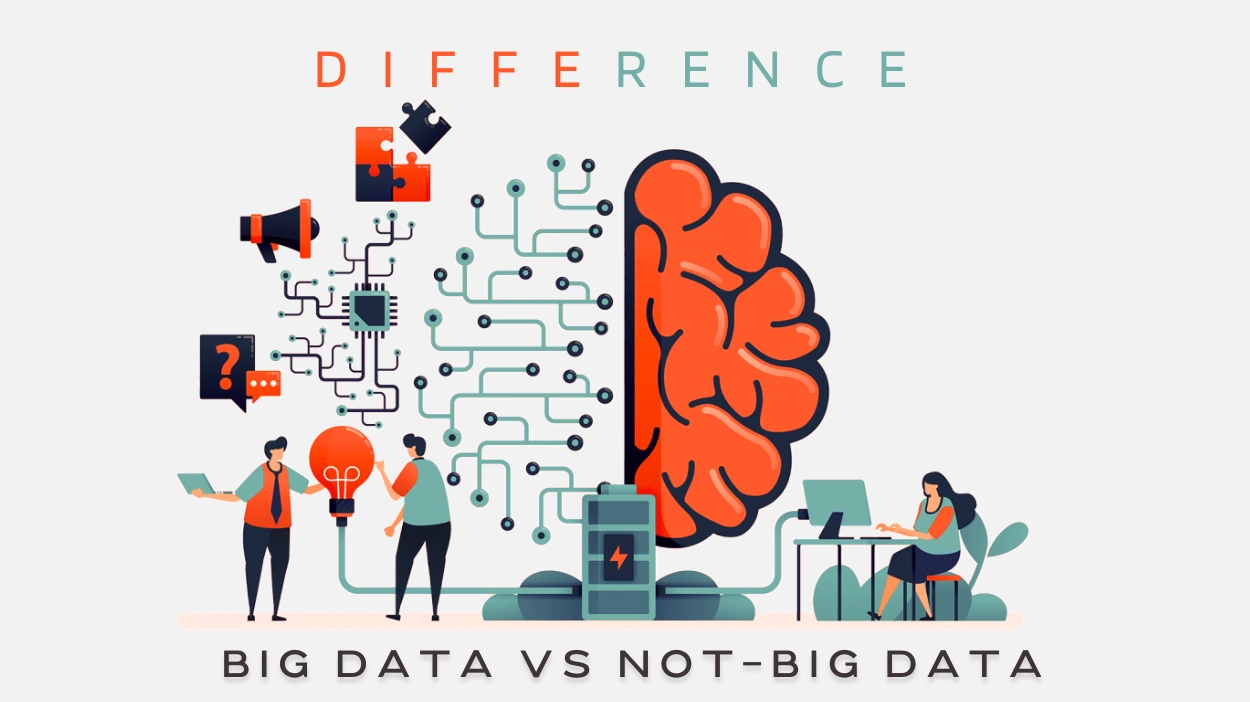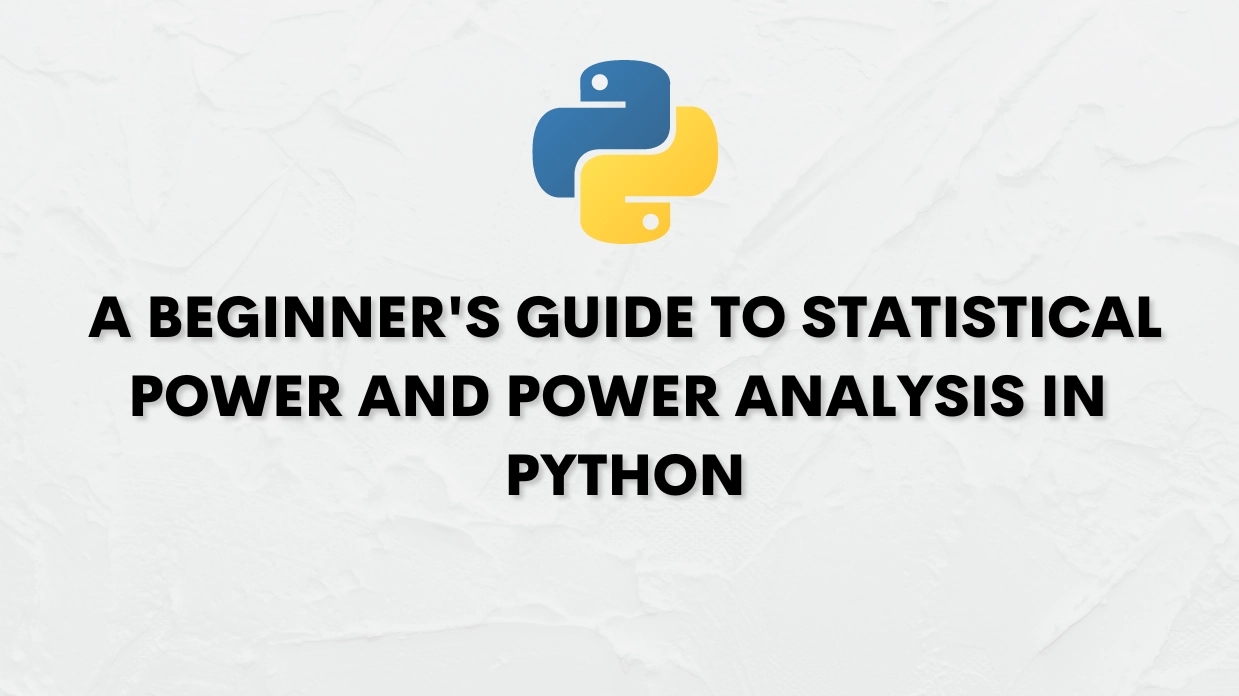Recent Post

Difference Between Big Data Vs Not-Big Data 27-Apr-23
-
In the world of data, there is a lot of talk about "big data." However, the concept of "not-big data" is also important. In this blog, we will explore the difference between these two types of data and how they can impact businesses and organizations.
What is Big Data?
Big data refers to extremely large datasets that are too complex to be processed using traditional data processing tools. This data is often characterized by the 3Vs – volume, velocity, and variety.
Volume: Big data is typically massive in size, often ranging from terabytes to petabytes.
Velocity: Big data is generated at an incredibly fast rate, which requires real-time or near real-time processing.
Variety: Big data comes in many different formats and structures, including structured, unstructured, and semi-structured data.
To handle big data, organizations need specialized tools and technologies such as Hadoop, Spark, and NoSQL databases. These tools can store, process, and analyze large amounts of data in parallel, making it possible to derive insights and make decisions based on the data.
Examples of big data include social media data, web logs, sensor data, and financial market data.
What is Not-Big Data?
Not-big data, also known as small data, refers to datasets that are smaller in size and complexity than big data. This data is often characterized by the following traits:
Volume: Not-big data can be easily processed and managed using traditional data processing tools and technologies.
Velocity: Not-big data is generated at a slower rate, allowing for batch processing.
Variety: Not-big data is typically structured and easier to analyze than big data.
Examples of not-big data include customer surveys, transaction data, and website analytics.
Difference between Big Data and Not-Big Data
The main difference between big data and not-big data is the size and complexity of the datasets. Big data requires specialized tools and technologies to process and analyze, while not-big data can be handled using traditional tools and technologies.
Another difference between the two is the velocity at which the data is generated. Big data is generated at a much faster rate than not-big data, which requires real-time or near real-time processing. Not-big data, on the other hand, can be processed in batches, allowing for more time for analysis and decision-making.
Finally, the variety of the data is also a key difference between big data and not-big data. Big data is often unstructured or semi-structured, which makes it more difficult to analyze. Not-big data is typically structured, making it easier to analyze and derive insights.
In Our Special program we cover 30 modules with all aspects of data science using Python and R programming. This incorporates essential Data Science concepts like Text Mining, Data Mining, Statistical Analysis, Forecasting, Regression, Machine Learning, and Scripting Algorithms in Python and R.




